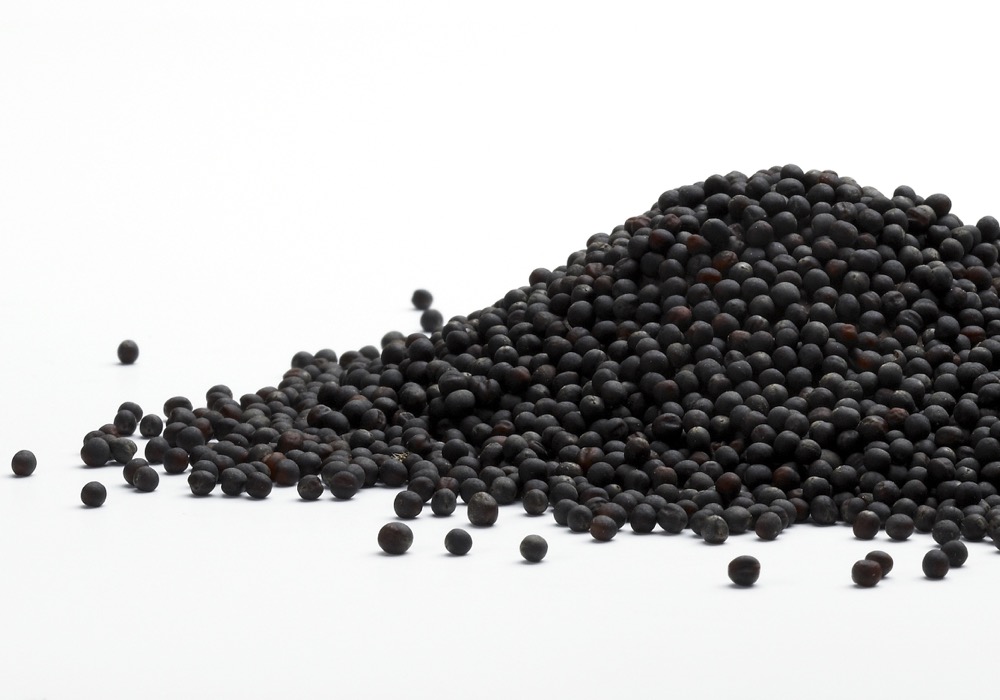My step-counting watch is very good at reminding me to get up and move if I haven’t taken at least 250 steps in the past hour. That subtle vibration is usually enough to get me out of my chair to stretch my legs, although I sometimes miss the reminder.
Agricultural futures rarely have a problem with being too sedentary, with day-to-day moves generally keeping market participants on their toes. However, there are times when markets enter a stagnant period and need a catalyst to break one way or the other.
The ICE Futures canola market held within a $10 per tonne range through the first week of October, seeing some consolidation after falling for most of September.
Read Also

It’s Your Business: Canola, soybean strength could be short-lived
Spillover from a rising CBOT soy complex has helped push ICE canola futures higher, offering a reprieve — for now, at least — from seasonal harvest pressure and the absence of demand from China.
Meanwhile, wheat futures in the U.S. saw large price moves after a test of multi-year lows was quickly followed by renewed concerns over the situation in Ukraine.
Ukraine/Russia
The conflict between the two countries has been going on for nearly two years now, with its influence on grains and oilseeds often akin to a buzzing watch that is sometimes ignored.
While grain has apparently been finding its way out of Ukraine for the time being, the wheat market had a wake-up call in early October as the likelihood of continued safe passage was put into question.
Russia increased its attacks on Ukrainian grain handling facilities and reportedly placed more mines in the Black Sea. A Turkish cargo ship struck a mine off the Romanian coast, incurring minor damage, but raising serious concerns over future grain movement. Meanwhile, Russia had a large wheat harvest and is reportedly looking to move more of its own grain.
Energy prices
Crude oil prices hit their highest levels of the past year in late September before a selloff in early October saw West Texas Intermediate lose more than US$10 per barrel in the span of a few days. Weakness in the global bond market and worries over the state of the global economy contributed to the declines in crude.
Rising inflation and resulting declines in fuel demand were another factor in the falling oil values, with that drop in oil also bearish for the Canadian dollar. The currency hit its lowest level in more than six months relative to its U.S. counterpart.
While losses in crude oil weigh on world vegetable oil markets, including canola, weakness in the loonie is generally a supportive influence for the country’s grains and oilseeds. How the relationship between the two plays out will be an important factor in determining where agricultural futures go.
















